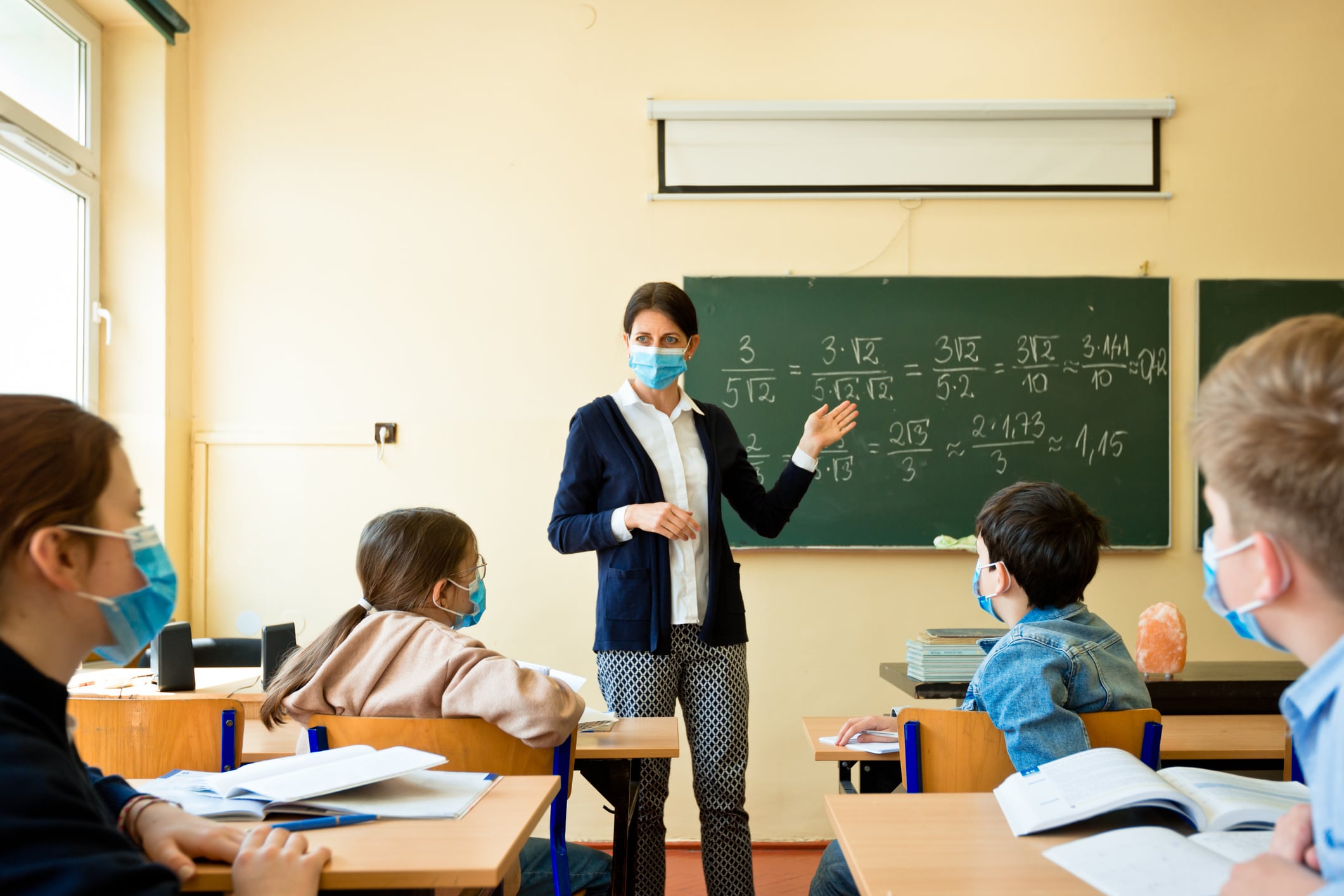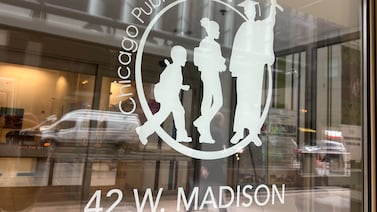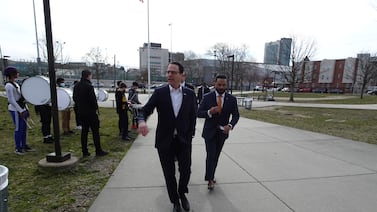Every May, the nation celebrates Teacher Appreciation Week – a week that had particular meaning this year, in the shadow of the COVID-19 pandemic. As a high school principal in the Bronx, adapting to this new age of virtual learning, I spent most of the week figuring out how to show my appreciation for these heroes: sending Uber Eats codes, cute videos, and inspiring quotations to teachers at my school.

I also began thinking deeply about the daily experience of my teachers and their peers across the country – how important they were before COVID, and what the virus means for educators going forward.
If you know any teachers, you know they miss face-to-face instruction. That personal connection — teaching, guiding, and connecting with our students — is the reason why many of us became educators in the first place. The shift to remote schooling has been difficult and emotionally painful. I am guilty of driving around the Bronx to deliver Chromebook chargers to students just to regain a sliver of personal connection with my students, even if it means I’m only “connecting” with their building’s lobby.
That’s why so many of us desperately want to return to our schools and to some version of normalcy. But that idea of normalcy — of going back to the way things were — is not just fantasy. It’s dangerous.
For many teachers and principals, the school year ahead will be grim. Outside of school buildings, the reopening of schools may signal progress. But for teachers, it will be the beginning of an even more difficult stage of this crisis.
Daily life in a school is communal and intimate — that’s why the virus spreads so fast in schools, even though children are less likely to get seriously ill from COVID. “Reopening” doesn’t just mean moving some desks apart. A responsible reopening will mean rethinking every detail from arrival to dismissal. What do we do if a kid needs a pen? How do we safely pass out and collect papers? Do we grade with gloves and teach with masks? Can students work in groups? How do we lean over to check a student’s work from six feet away? Will teachers meet together, at the risk of the virus spreading among our entire school?
If we’re not thinking about those questions, then we’re not taking the proper precautions. And if we’re not taking the proper precautions, then teaching becomes a physically dangerous profession. That means quality teachers could leave it altogether.
The simple reality is that creating social distance in schools is not like drawing circles in the grass in Domino Park to keep sunbathers apart. It requires a top-to-bottom reinvention of every academic and social situation in a school.
And without every district across the country thinking critically about these steps, it’s possible that there will be many more schools that mourn the death of an educator next year. When that moment comes, every article we’ve read about nurses and doctors will be written again about teachers — about the fear, mental anguish, disillusionment, sickness, and struggle that will suddenly become a part of their daily jobs.
There are reasons to be hopeful. I know many great principals here in New York and across the country who are already planning, researching, sourcing masks, consulting virologists, and radically rethinking schedules and teaching methods.
But the question is whether entire school systems are truly ready for what will be a dramatic and difficult transition. And if many bureaucratic systems haven’t even mastered Zoom yet, it’s hard to see them providing answers to these very individualized, complicated, situational questions about our schools.
And as school budgets are cut to the bone, amid the economic fallout from the virus, so few are thinking about providing teachers (and students) with the potentially costly tools they need to feel safe in the classroom.
The reality is simple: In this crisis, teachers will be on the front lines. And we should start recognizing their sacrifice and heroism now as we prepare for hardship — and maybe heartbreak — in the school year to come.
David Noah founded Comp Sci High, New York City’s first charter CTE high school, in 2018. Prior, he was a principal in East Harlem as well as a math teacher in Brooklyn and New Haven. He was also a lawyer for a little while, but he doesn’t like to talk about it.








